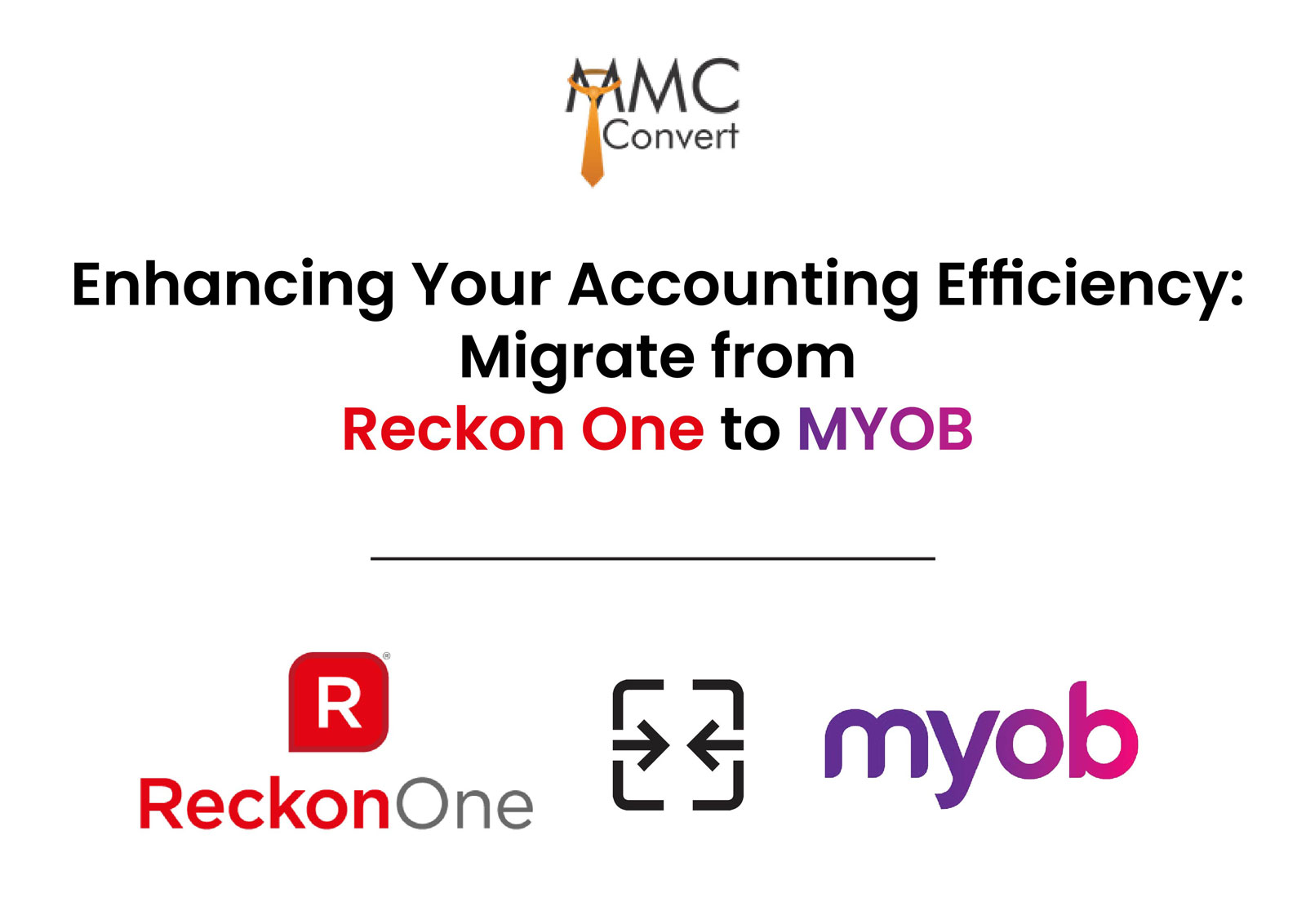
Migrate to MYOB Exo
Sep 11, 2023
Migrate From QuickBooks Online to MYOB with MMC Convert
Are you thinking about migrating from QuickBooks Online to MYOB? The process is now easier than ever. Our team at MMC Convert is here to make sure you can move all your financial records, payroll, and
Our Offices
- USA 1250 N Lasalle Street Chicago. 60610, USA
- AUSTRALIA Level 1, 1034 Dandenong Rd Carnegie, VIC 3163, Australia
- UK Babel Studios 82 Southwark, Bridge Road, London
- Dubai PO Box 56754 Dubai, UAE





